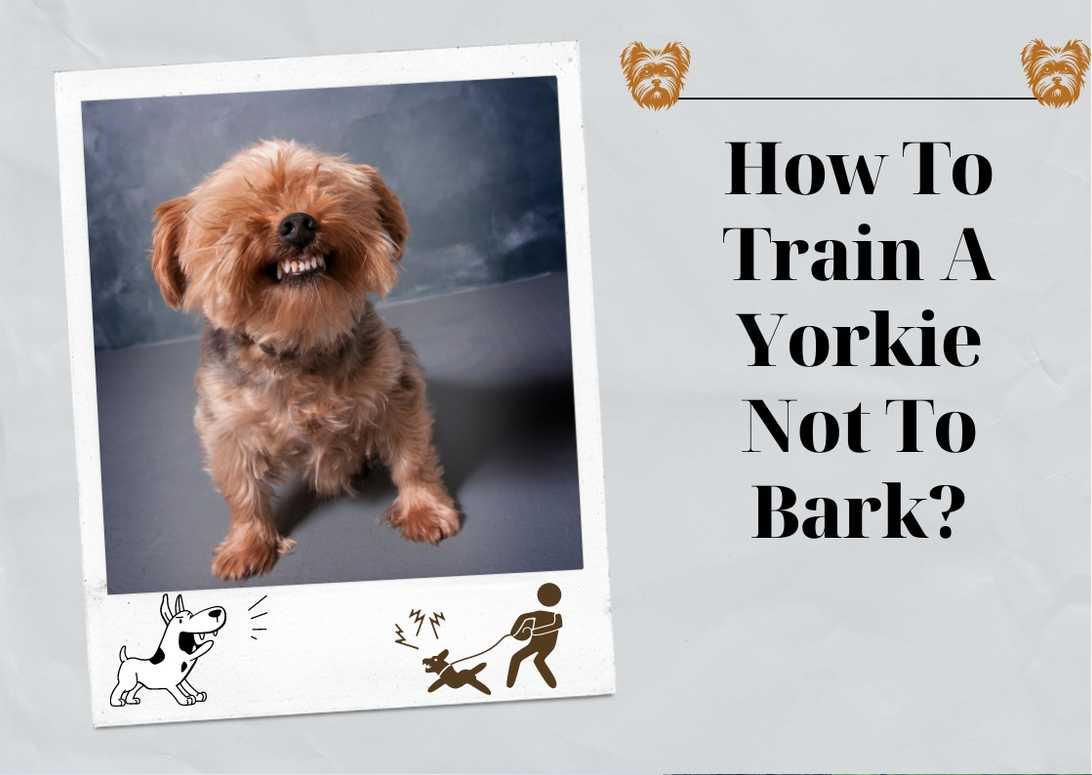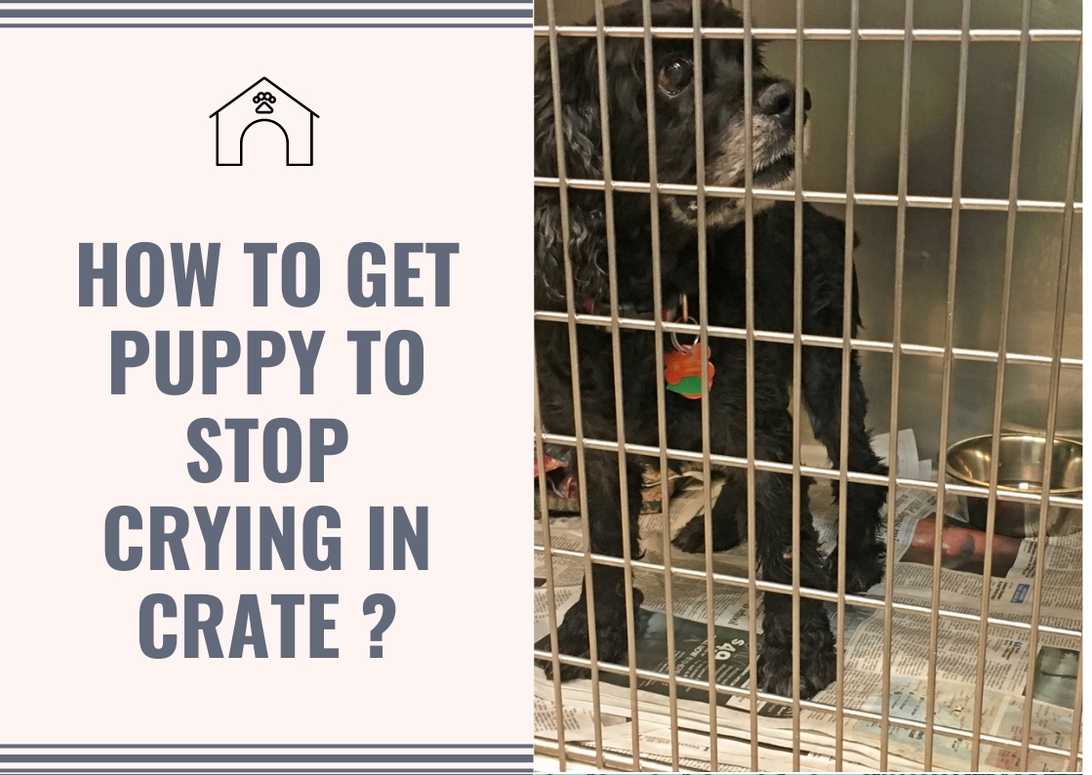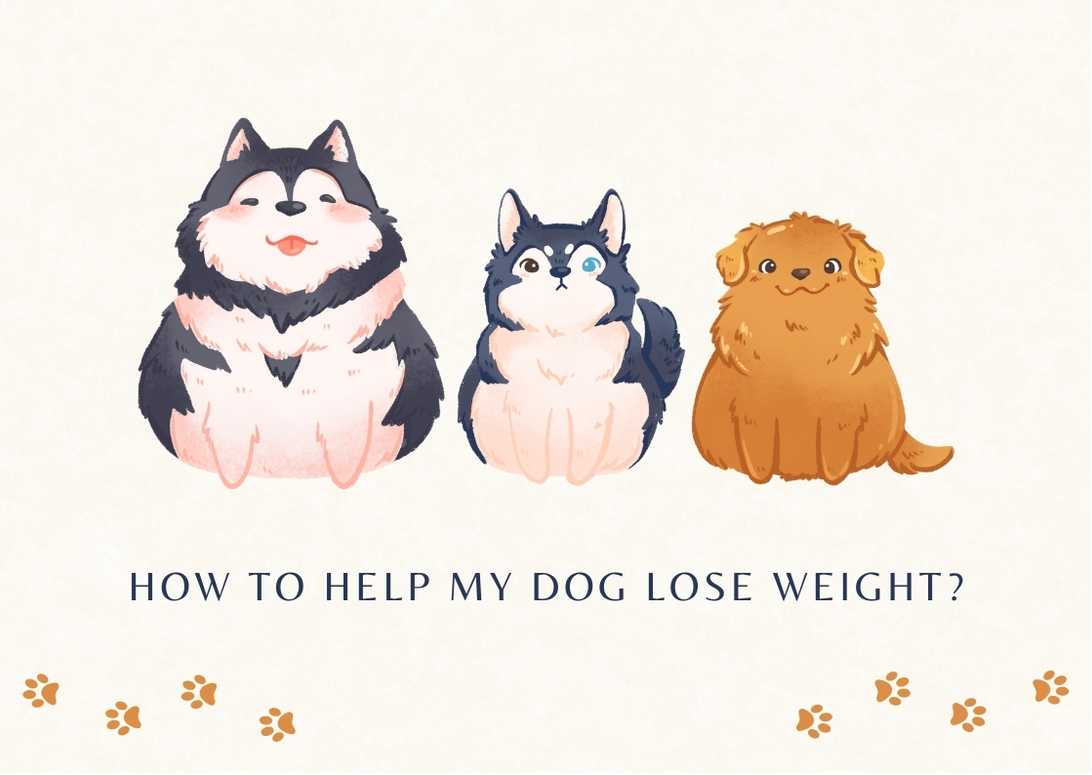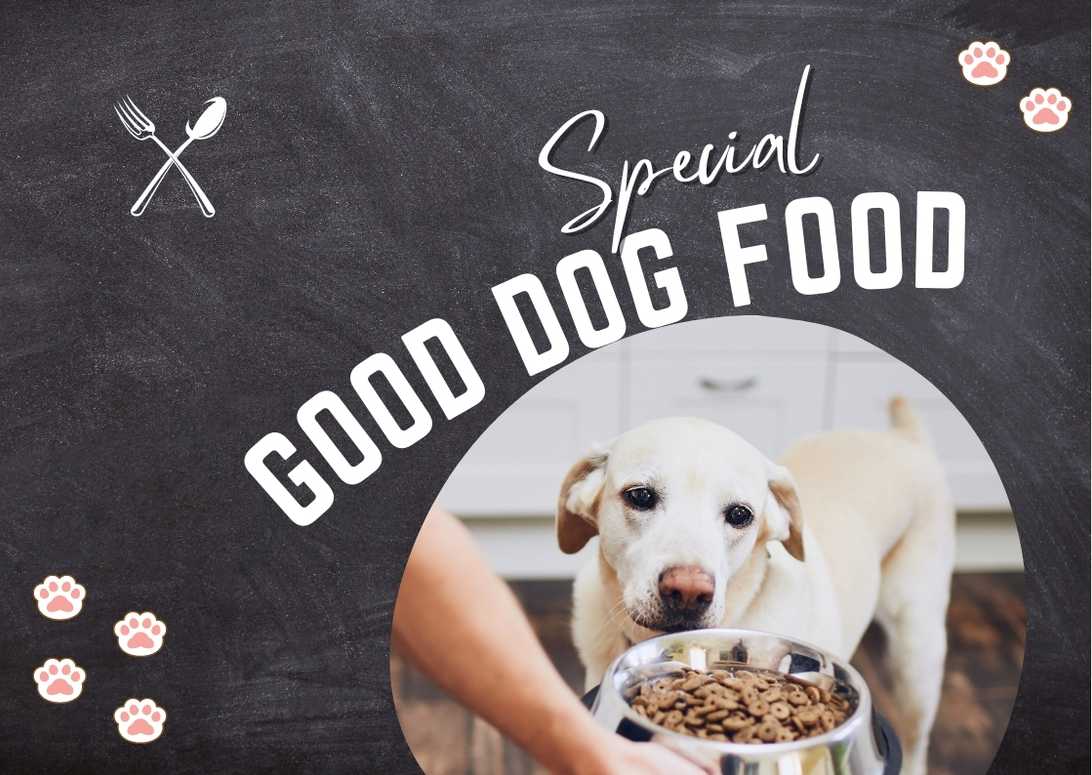How To House Train A Dog In Seven Days?
I couldn’t believe my eyes when I saw yet another accident on my freshly cleaned carpet. It seemed like no matter how many times I scolded or tried to teach my dog, the message just wasn’t sinking in. But then, a friend shared with me a foolproof method for house training dogs in just seven days. And let me tell you, it worked like magic!
In this article, I will share with you the exact steps that transformed my messy pup into a well-trained and obedient companion in no time. From creating a direct route to the potty area to using treats and rewards as positive reinforcement, these techniques will revolutionize your house training journey. So say goodbye to frustration and hello to a cleaner home as we embark on this seven-day adventure together!
Important Points
- Use crate training and positive reinforcement techniques
- Understand the dog’s body language and take them outside when they need to go potty
- Consistently bring the dog to the same spot outside to associate it with going potty
- Be consistent in language and routine, gradually reducing the use of treats as the dog becomes consistent
Steps for House Training
To house train your dog in just seven days, you need to be direct and take them from the confinement area straight to the outside potty area.
One effective method for house training is crate training. By using a crate, you create a designated space for your dog to stay when they are not supervised. Dogs naturally don’t want to soil their sleeping area, so this helps teach them to hold their bladder and bowel movements.
Using positive reinforcement is crucial for successful potty training. When your dog goes potty in the designated area outside, reward them with treats and praise. This’ll associate going potty outside with positive experiences for your furry friend.
Accidents may happen during the house training process, especially in the beginning stages. It’s important not to scold or punish your dog when accidents occur as this can create anxiety or fear around pottying. Instead, clean up accidents calmly and thoroughly with an enzymatic cleaner that eliminates odors completely.
Understanding your dog’s body language is also key in preventing accidents. Pay attention to signs such as sniffing the ground or circling before they go potty, and quickly take them outside when you notice these cues.
As you progress in house training, gradually increase the time between potty breaks. Start by taking your dog out every hour and gradually extend it to every two hours, then three hours, and so on. This helps teach them how to hold their bladder for longer periods of time. Remember to always be patient and consistent throughout this process.
Now that we’ve covered some important steps for house training including crate training, positive reinforcement, dealing with accidents, understanding body language, and increasing time between breaks; let’s move on to how being direct from the confinement area directly to the outside potty area plays a crucial role in successful house training without any delay or distractions.
This direct path helps establish a clear routine and reinforces the association between going potty and the designated outdoor area, minimizing the chances of accidents inside the house.
Direct to Potty Area
Always go straight from the confinement area to the designated outdoor potty spot when house training your furry companion. Consistency is key when it comes to house training, and taking your dog directly to the potty area every time will help establish a routine and reinforce good habits.
By consistently bringing your dog to the same spot outside, they’ll begin to associate that area with going potty. This will make it easier for them to understand where they should eliminate and reduce accidents inside the house.
Dealing with accidents is an inevitable part of house training, especially in the beginning stages. It’s important not to scold or punish your dog for accidents, as this can create fear and anxiety around going potty. Instead, focus on positive reinforcement by rewarding your dog when they go in the designated outdoor spot. Use treats, praise, and affection as rewards to let them know they’ve done a good job.
Remember, patience and persistence are key during this process. House training takes time and consistency, but with dedication and positive reinforcement, your furry friend will learn where their bathroom spot is in no time.
Now that we’ve discussed the importance of going directly from the confinement area to the outdoor potty spot, let’s move on to another crucial aspect of house training: using treats and rewards.
Use Treats and Rewards
By consistently rewarding good behavior with treats and praise, your furry companion will quickly learn the connection between going potty outside and receiving a tasty reward. Positive reinforcement techniques are highly effective in house training because they create a positive association with the desired behavior. When your dog successfully goes potty outside, immediately give them a treat and praise them enthusiastically. This not only reinforces their good behavior but also strengthens the bond between you and your pet.
Choosing the right treats for training is essential to keep your dog motivated. Use small, easy-to-eat treats that your dog loves. Treats should be enticing enough to capture their attention during training sessions. Experiment with different types of treats to find what works best for your four-legged friend.
Consistency plays a crucial role in house training. Always use the same command or cue when taking your dog to their designated potty area, such as ‘go potty’ or ‘do your business.’ By using consistent language, you help them understand what is expected of them. Additionally, establish a routine by taking them out at regular intervals throughout the day.
To gradually decrease the use of treats while maintaining consistency in house training, start by reducing the frequency of treat rewards once your dog consistently goes potty outside. Instead of giving a treat every time, switch to intermittent rewards where they receive treats randomly for successful bathroom breaks. Eventually, you can phase out treats altogether and replace them with verbal praise or physical affection as rewards.
When facing common challenges in house training like accidents indoors or reluctance to go outside, troubleshoot by reviewing all aspects of their routine – timing, environment, and cues used. Adjust these factors accordingly to address any issues that arise.
By being boring until they go potty outside, you create an environment where going outside becomes more exciting than staying indoors. This means avoiding playtime or any form of stimulation until after they’ve done their business outdoors successfully. This approach helps reinforce that going potty outside is the desired behavior and encourages them to eliminate quickly so that they can engage in more rewarding activities afterward.
Be Boring Until They Go
When waiting for your furry companion to do their business outside, it’s important to remain as dull as a rainy Monday morning. This is because consistency is key when house training a dog. By being boring and uninteresting, you’re reinforcing the idea that going potty outside is the desired behavior.
If you show excitement or engage in play before they’ve done their business, it may distract them and make them forget why they’re outside in the first place. So, resist the urge to entertain them until they’ve gone potty.
Accidents can happen during the house training process, especially in the beginning. It’s important not to scold or punish your puppy for these accidents. Instead, focus on establishing a routine and being patient and persistent with their training.
Take them outside frequently, especially after meals or naps, and use positive reinforcement when they go potty in the right spot. This could be treats or praise to let them know they did a good job. Remember, house training takes time and consistency, so stay committed to reinforcing positive behavior.
Now that we’ve covered how to be boring until your puppy goes potty, let’s discuss establishing a nighttime routine without disrupting their progress during the day.
Nighttime Routine
To establish a successful nighttime routine for your furry friend, it’s important to create a calm and consistent atmosphere before bedtime. Dogs thrive on routine, so maintaining consistency is key in helping them understand what is expected of them during the night.
This means sticking to a regular schedule for feeding, playtime, and potty breaks. By doing so, you’re providing a sense of security and predictability that can help your dog feel more relaxed and comfortable when it’s time to sleep.
In addition to consistency, creating a comfortable sleeping environment is also crucial. Make sure your dog has a cozy bed or crate with soft bedding where they can rest undisturbed. Keep the room dark and quiet to minimize any potential distractions that could disrupt their sleep. Providing soothing background noise like white noise or calming music can also be helpful in creating a peaceful atmosphere for your pup.
Dealing with nighttime accidents can be frustrating but it’s important to remain patient and understanding. If your dog has an accident during the night, avoid scolding or punishing them as this can create fear and anxiety around potty training. Instead, clean up the mess calmly using an enzymatic cleaner designed specifically for pet accidents. This will eliminate any lingering odors that may attract your dog back to the same spot.
Establishing a bedtime routine will signal to your dog that it’s time to wind down and prepare for sleep. This can include activities such as a short walk or play session followed by some quiet bonding time together. Avoid stimulating activities right before bedtime as this might make it harder for your dog to relax.
Gradually extending nighttime intervals between potty breaks is an important step in house training your dog successfully. Start by setting alarms every few hours initially, then gradually increase the intervals as your dog becomes more reliable at holding their bladder through the night.
By establishing a calm and consistent nighttime routine while creating a comfortable sleeping environment, you’re setting the stage for effective house training. Now, let’s move on to the next step of setting alarms for regular potty breaks.
Set Alarms for Regular Potty Breaks
Set alarms on my phone for regular potty breaks throughout the day and night to help establish a consistent routine for my furry friend. Consistency is key when it comes to potty training, as it helps the dog understand what’s expected of them. By setting alarms at specific intervals, I can ensure that my dog goes outside to relieve themselves regularly.
This not only prevents accidents inside the house but also helps them learn to hold their bladder for longer periods of time. As the days go by, I can gradually increase the time between potty breaks. For example, if I initially take my dog out every hour, I can gradually extend it to every two hours and so on. This teaches them bladder control and allows them to get used to holding it for longer periods of time. It’s important to be patient during this process and not rush things.
Accidents are bound to happen during the house training process, especially in the beginning. When accidents occur, it’s crucial not to punish or scold my dog as this will only confuse and scare them. Instead, I’ll calmly clean up the mess using an enzymatic cleaner, which eliminates any lingering scent that may encourage repeat accidents in the same spot.
Using positive reinforcement techniques, such as treats or praise when my dog successfully goes potty outside, is essential for successful potty training. They’ll associate going outside with positive experiences and will be more motivated to continue doing so.
Now that we’ve established a consistent routine with regular potty breaks, it’s time to move onto teaching my dog a command for going potty and pointing towards their designated outdoor area. By using a specific command like “go potty”and pointing towards where they should go, I can further reinforce their understanding of where they should eliminate waste.
Transitioning from using potty pads indoors to going outside may take some time and patience. Gradually reducing the number of indoor pads while increasing outdoor trips will help them make the connection. It’s important to be consistent and persistent during this transition period.
With regular potty breaks, positive reinforcement, and a consistent routine, my dog will soon become house trained. Now let’s move onto the next step: teaching them a command and pointing towards their outdoor potty area.
Use Command and Point
Now, let’s delve into the next step of our potty training journey: incorporating a command and pointing towards the designated outdoor potty area.
Using commands during house training has several benefits. Firstly, it helps establish clear communication between you and your dog, allowing them to understand what’s expected of them. Secondly, using consistent commands creates a routine and reinforces the behavior you want them to learn.
When it comes to potty training, there are different commands you can use, such as “go potty”or “do your business.”Choose a command that’s easy for you to remember and consistently use it every time you take your dog outside.
In addition to using a command, pointing towards the designated potty area can further reinforce where they should go. Dogs are visual learners, so when you point in the direction of the desired spot, it helps guide them towards it. Make sure to point with confidence and clarity so that your dog understands exactly where they should eliminate.
To effectively train your dog with the command and pointing technique, consistency is key. Always use the same command and gesture when taking them outside for potty breaks. Additionally, reward your dog immediately after they successfully go in the designated area by giving them praise or treats. This positive reinforcement will help solidify their understanding of what’s expected of them.
When using commands and pointing in house training, there are some common mistakes to avoid. Firstly, make sure not to punish or scold your dog if accidents happen indoors. This can confuse them and hinder their progress in learning where they should go. Secondly, avoid using long phrases or multiple commands as this can be confusing for your dog. Keep it simple with one clear command.
By incorporating a command and pointing technique into your house training routine, you’ll be able to effectively communicate with your dog and guide them towards proper elimination habits faster. Remember to be patient throughout this process as each dog learns at their own pace. With consistency and positive reinforcement, your dog will soon understand where they should go potty, leading to a well-trained and happy pup.
Frequently Asked Questions
What should I do if my dog has an accident inside the house?
If my dog has an accident inside the house, I immediately clean it up using appropriate cleaning products. To prevent future accidents, I establish a routine, use positive reinforcement, and seek professional help if needed.
How long does it typically take to house train a dog?
On average, it takes a few weeks to several months to fully house train a dog. Effective methods include consistent training, positive reinforcement, and taking the dog outside frequently. Common challenges include accidents and establishing a routine.
Can I use a crate to help with house training?
Yes, using a crate can be helpful for house training. It provides a designated space for your dog and teaches them to hold their bladder. Remember to use alternative methods as well and avoid common crate training mistakes.
What if my dog refuses to go potty outside?
If my dog refuses to go potty outside, I would first try to understand why. It could be due to fear or anxiety. I would then consider alternative potty training methods and create a positive reinforcement system. If the issue persists, seeking professional help may be necessary.
Should I punish my dog if they have an accident inside?
No, I should not punish my dog if they have an accident inside. It’s important to use positive reinforcement, maintain consistency and routine, understand their body language, properly clean accidents, and seek professional help if needed.
Conclusion
In just seven days, I was able to successfully house train my dog using these simple steps. By creating a direct route to the potty area and consistently using treats and rewards, my furry friend quickly learned where to go when nature called.
It wasn’t always easy, but by being boring until they went and establishing a nighttime routine, accidents became a thing of the past.
Setting alarms for regular potty breaks throughout the day was crucial in reinforcing good habits. And with a firm command and point, my dog understood exactly what was expected of them.
The transformation was incredible – no more messes or frustration, just a well-trained pup who knew exactly where to do their business.
The bond between us grew stronger as we worked together towards this common goal. Each successful trip outside brought us closer, building trust and understanding. It’s amazing how such a fundamental aspect of pet ownership can make such a difference in our daily lives.
As I reflect on this journey, I can’t help but feel an overwhelming sense of pride and accomplishment.
My home is now accident-free, thanks to the power of consistency and positive reinforcement. So if you’re ready to say goodbye to those messy accidents and hello to an obedient companion in just seven days, don’t hesitate – follow these steps and witness the incredible transformation for yourself!








